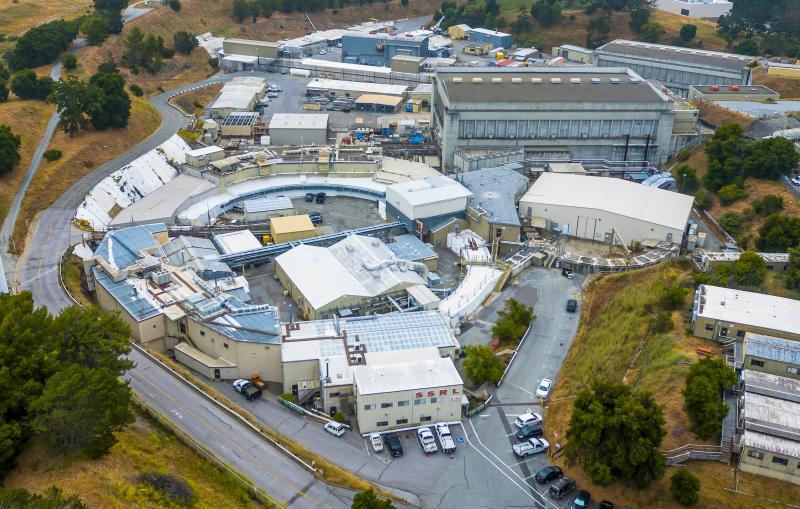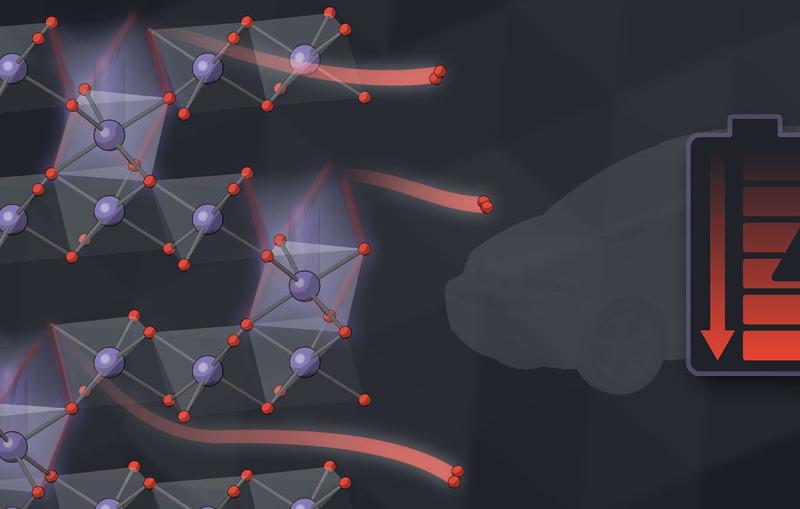

Illustration
In this illustration, the pairs of red spheres are escaping oxygen atoms and purple spheres are metal ions. This new understanding could lead to...

Batteries and similar devices accept, store, and release electricity on demand. Scientists are using new tools to better understand the electrical and chemical processes in batteries to produce a new generation of highly efficient, electrical energy storage.
Related links:
Energy & sustainability news collection
Energy sciences
DOE explains...batteries


In this illustration, the pairs of red spheres are escaping oxygen atoms and purple spheres are metal ions. This new understanding could lead to...
